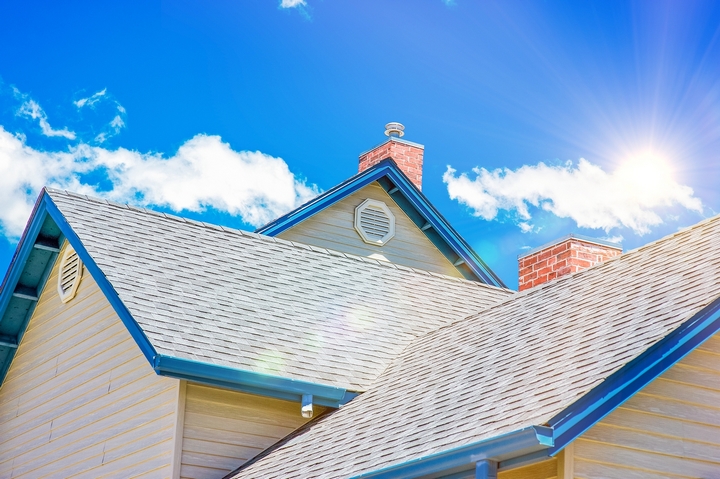
The roof of your home is susceptible to a tremendous amount of damage. This is because it is constantly being exposed to harsh elements. This constant exposure leaves your home at risk to damage such as: leaks, floods, mold and even collapse.
Not all weather patterns are equally as damaging. It is important to know which common weather activities cause the most destruction to your roof. That’s why, we’ve listed the most damaging weather patterns below so you know what to look for, and be able to protect your home from it.
1. Heat
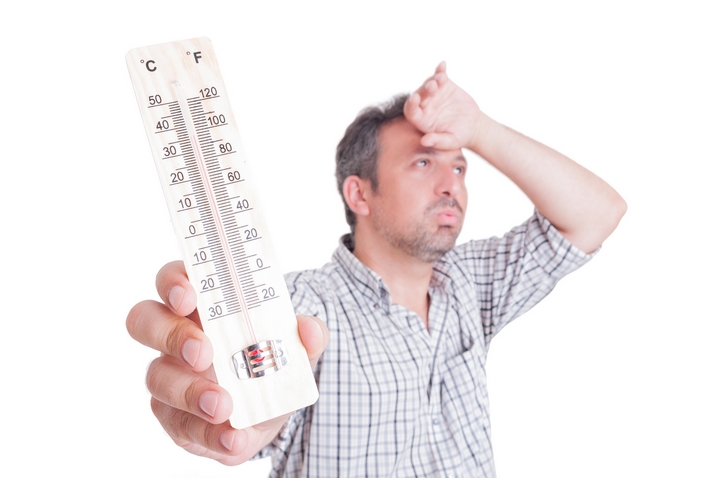
This probably isn’t the first thing that comes to mind when you think of destructive weather. However, constant heat can leave damaging, and irreversible affects to your home’s roof. This is because, warm weather can cause certain roofing material to ‘swell’. This swelling can cause both immediate, and long-term damage by weakening the structure. Heat also leads to erosion, brittle material, and displacement.
These issues can lead to other problems around your home such as: leaks, holes, and eventual collapse. To mitigate this issue from happening, it is important to ensure your roof has ample ventilation, and insulation. This is because, it will help to reflect ultraviolet rays and prevent constant heat from penetrating your roof.
2. Rain
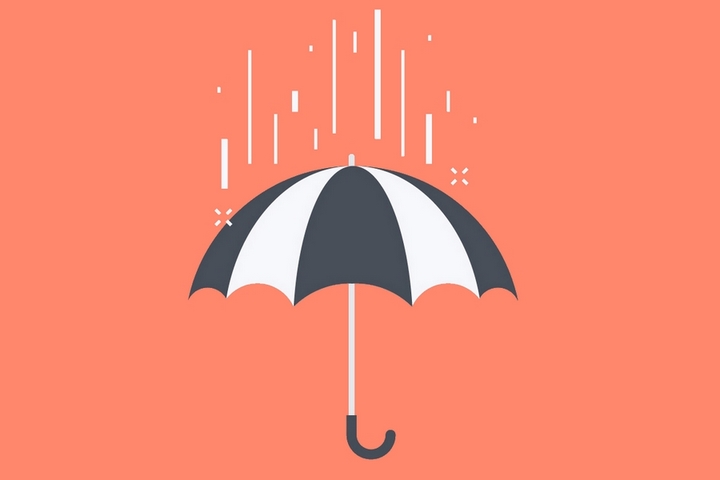
It is inevitable that rain is a harmful, and damaging element that can devastate your home. Rain can lead to flooding, damage, and leaks throughout it. This is because, even the smallest hole can let in water. If this water finds its way into your home it will only make the hole larger, and the damage greater. Sitting water can also lead to greater issues, such as a buildup of mold and fungi. To help to mitigate this issue, have frequent inspections done by A professional roofer who can detect water damage, or holes in your roof.
3. Wind
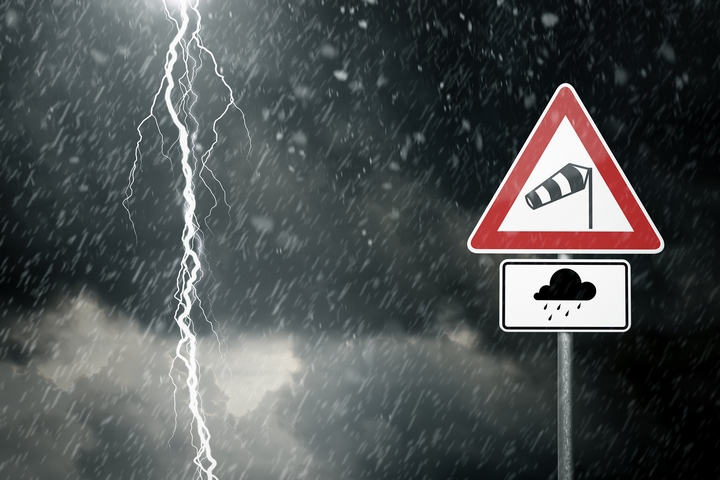
A wind storm can wreak havoc on a town, and the homes in it. But, unless it is a dramatic storm such as a hurricane, wind often goes un- thought of when determining what causes damage. Strong wind can easily rip material off your roof. Missing material such as shingles or tiles can cause holes and improper drainage from happening on your roof. Ultimately, leaving it susceptible to flooding and water damage.
Strong winds can also cause debris such as tree branches, trunks, and leaves to pile onto your roof, and damage it. That’s why, it is imperative to inspect your roof on a regular basis to look for any damage caused by winds. A professional roofer will be able to detect damage caused by abrasions or if there is any debris build up, and remove it. They can also help determine the cause, and implement a plan to help mitigate further damage.
4. Snow
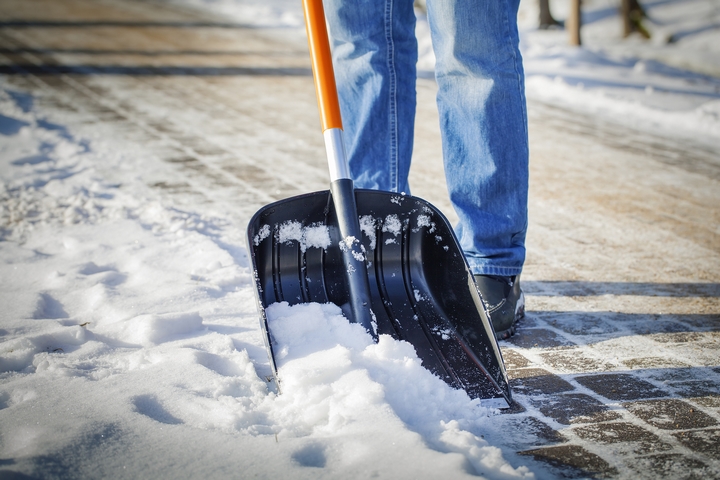
Snow is a problematic issue for all roofs. This cold, wet substance can devastate families and leave an immense amount of damage to a property. Snow combines all the elements above, by bringing in the moisture of rain, and the harmful impact of wind. Snow makes your roof susceptible to water damage, holes, flooding, and mold. Plus, there’s added weight caused by sitting snow that can lead to a full roof collapse if it is left for too long.
Furthermore, constant freezing and thawing of snow can clog gutters with ice, and lead to damaged eaves troughs, and improper drainage. This is why, it is imperative to have your roof regularly inspected by a professional at the start of every season.
